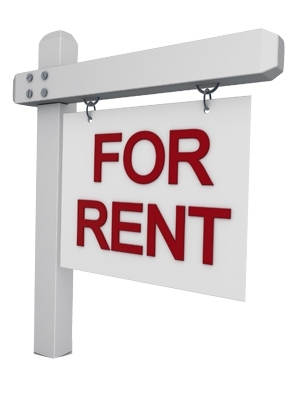by The Landlord

The latest instalment of Trade Me Property’s Rental Price Index shows that the national median rent remained at an all-time high of $480 per week in September.
It is up by 6.7% year-on-year, but Head of Trade Me Property Nigel Jeffries says it feels like the calm before the summer rental storm.
He says winter rent prices remained relatively steady this year, instead of taking the dips we normally see.
“Tenants could be in for some ominous rent rises in the coming months, with tightening supply evidenced by a 6% dip in the number of rentals onsite year-on-year and a number of areas experiencing lifts in demand.”
The data shows median rents in both Wellington and Auckland have remained high at $480 per week and $550 per week respectively.
For Wellingtonians that equates to a 6.7% year-on-year increase for the Capital’s rents which means tenants can expect to pay $30 more a week compared to last year.
While the median weekly rent in Wellington City has seen strong annual growth of 9.3% to $530, it’s the outer areas of Upper Hutt, Porirua and Kapiti Coast which show the largest annual increase.
Upper Hutt had seen the biggest year-on-year growth of 18.6% to $415, followed by Kapiti Coast which was up 15.4% to $450 and Porirua climbed 14.5% to $500.
Jeffries says that after last summer’s hectic rental market in the Capital, they are seeing some signs that this summer might be much the same for Wellington tenants.
“But Wellington’s three most popular rentals in September were all from Lower Hutt - it’s a hot favourite for tenants embracing a longer commute in exchange for cheaper rent.”
In the Auckland region, the median weekly rent remained at a record high of $550 for the sixth month in a row in September. It is up by 5.8% on the same time last year.
Rental demand was greatest in Manukau and Rodney, with both areas reaching record median rents and climbed 10% to $550 and 4.7% to $555 respectively.
Auckland City remained at $550 for a fourth month after rising 4.8% on last year.
Around the rest of the country, some regions have seen strong double-digit year-on-year growth, according to Trade Me Property’s September data.
Median rents in Marlborough were up 20% to $385, in the West Coast they were up 19.1% to $280, in Otago they were up 16.9% to $450, and in Hawke’s Bay they were up 16.9% to $400.
Jeffries says Waikato is experiencing a surge of demand for rental listings, with an 80% increase in the number of enquiries in the first two days onsite.
“A solid increase in demand for rentals in Waikato has pushed the median weekly rent up a solid 7.9% on last year, to $410 in September.”
He says this increase was driven by a 15% drop in the number of listings and an accompanying 100% increase demand for Hamilton rentals.
In Otago the median rent was up by 16.9% on last September to remain at a record $450 per week for a second consecutive month, as rents in the region run hot.
Jeffries says this increase was driven by a strong demand for rentals in Dunedin which saw the city’s median weekly rent up 18.5% on last year to $430 a week.
“This is the largest year-on-year rent increase Dunedin had seen in at least three years.”
| « Don’t remove 90 day notice - NZPIF | Auckland yields improving » |
Special Offers
Sign In to add your comment

© Copyright 1997-2025 Tarawera Publishing Ltd. All Rights Reserved